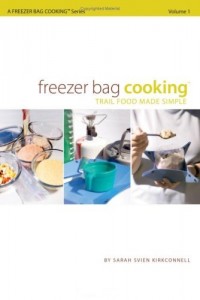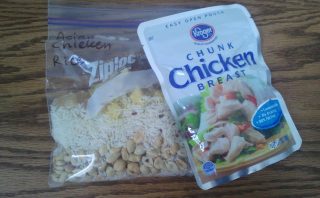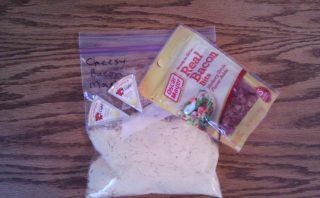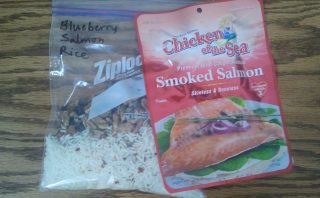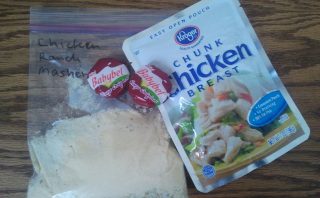Long trail hiker hunger is a new term to me. While I’ve never experienced hiker hunger, I have experienced a close cousin.
While I was stationed in Germany in the Army, I was a member of a cavalry competition team. Think of this as mounted reconnaissance. And, yes, the Army still has cavalry. But mounted on modern horses with wheels and tracks and sometimes rotary wings. Part of the competition included a two mile obstacle course and a dismounted (on foot) night orienteering course (but not like you’d imagine an orienteering course to be – no, not at all). So, of course, we trained on a four mile obstacle course and went out for an entire night of orienteering once a week in the forests and mountains of Bavaria.
The hunger part was because I went to the selection camp and the first month of team training with my mouth wired shut. One side of my jaw had broken as a complication of having my wisdom teeth pulled. One definitely feels a deep, abiding hunger when replacing a large calorie deficit through a straw.
Apparently, hikers on the Pacific Crest Trail are known to relish a rather strange diet. For instance, subsisting on energy bars, feasting on macaroni and cheese with peanut butter, drinking olive oil, and such. Which very much isn’t my idea of eating well on the trail.
The primary source for me on nutrition for long trail hikers is Dr. Brenda Braaten, PhD, RD’s Pack Light, Eat Right. Her work guided me through the nutritional needs of long distance hikers and answered a lot of my questions about trail food, like: How many calories do I need from my food each day? How much of those calories should be coming from carbohydrates, fat, and protein? When and how often should I be eating? What foods make up good trail foods? How much does this trail food weigh on a per day basis? What about vitamins and minerals?
Then, of course, comes recipes so eating trail food is enjoyable, not just a chore. Sarah Kirkconnell’s TrailCooking.com is the essential source for me for recipes and cooking trail food. The motto there: “Do not take what you do not like to eat.” Can’t argue with that. Sarah’s site is about freezer bag cooking philosophy, techniques, and gear, and also has an insightful blog and extensive recipe database. I’ve found most of the recipes, however, to require a little tweaking to meet the nutritional requirements for long distance hikers.
My Food Strategy
- Trail food has to taste good,
- Carry about 2 lbs of food per day,
- Need about 4000-4500 calories per day,
- Which means about 125-140 calories per ounce of food carried,
- Daily calorie break down: 50% from carbohydrates, 35% from fats, 15% from protein,
- Daily menu: breakfast (15% of calories), morning snacks (14%), lunch (25%), afternoon snacks (14%), supper (25%), and dessert (7%),
- Base recipes on what is readily available in trail town grocery stores,
- Supplement with daily vitamins, and,
- Enhance with meals in trail town restaurants.
Have you hiked the Pacific Crest Trail or another long trail? What’s your strategy for trail food? Let us know in the comments section below.
If you enjoyed this article, you might like Freezer Bag Cooking. You can buy this book and help support Wander About by clicking on the book cover image. A small percentage of each sale made this way comes back to the website and helps with domain registration, web hosting, and such costs. And the wandering goes on. Thanks much if you buy the book.
By the way, if you liked this article, kindly use the buttons below to share it on.

